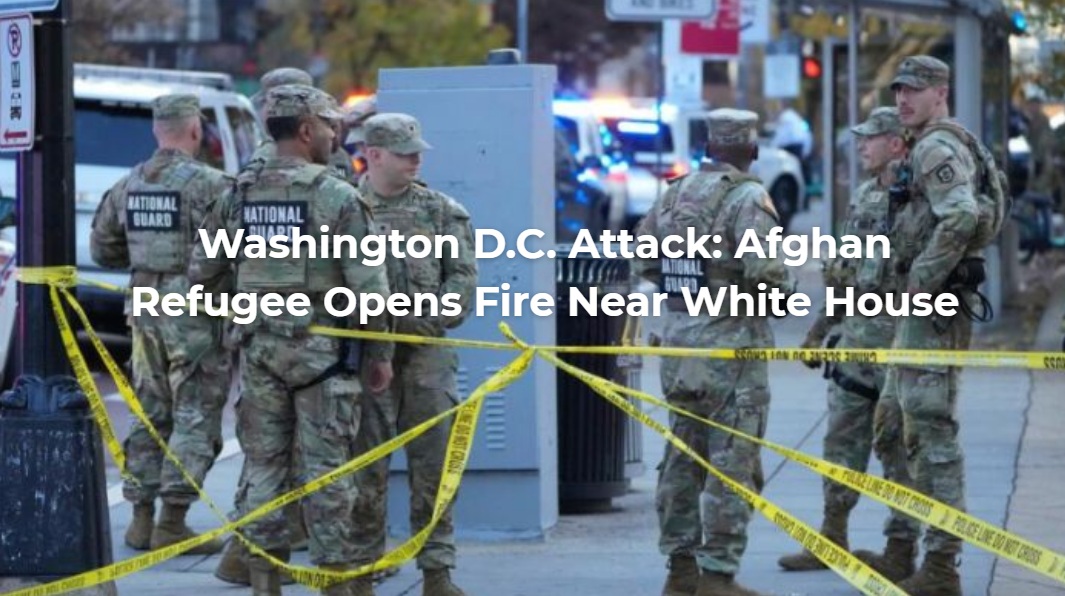On August 5, 2024, a historic day for Bangladesh, Sheikh Hasina fled to London via India after a 15-year rule. Following her departure, protesters raided and looted her residence, even targeting the statue of her father, the founding father of Bangladesh, Sheikh Mujibur Rahman. This turn of events shocked Indian media, but Hasina’s downfall had been building up for some time.
Formation of an Interim Government
In the wake of her departure, the Bangladesh Army announced the formation of an interim government to restore peace. While there is excitement about a new era for Bangladesh, many challenges remain. Key questions loom: What kind of interim government will the army form? Will democracy thrive, or will fundamentalist forces gain ground? These issues are explored in today’s Bangladesh Part 3 episode.
Reasons Behind Sheikh Hasina’s Resignation
Understanding why Sheikh Hasina had to resign is crucial. The catalyst for her downfall was the student protests against the reintroduction of the controversial quota system, which had been abolished in 2018. The quota reserved 30% of government jobs for freedom fighters and their descendants, a move seen as a means for Hasina to place her favorites in civil service roles. Students demanded the removal of this quota, leading to widespread protests. Hasina’s response was dismissive, citing the matter being in court, but the students persisted.
Student Protests and Government Crackdown
The protests escalated as students, aware of Hasina’s authoritarian tendencies, took to the streets. The government’s harsh crackdown, involving police and Awami League student wing members, led to significant violence and fatalities. Official reports claimed 200 student deaths, while unofficial figures suggested up to 1,000. Despite the Supreme Court’s removal of the quota, the brutality endured by students fueled their determination for Hasina’s resignation.
Escalation of Violence
Hasina’s response to the protests was a double crackdown, involving arrests and torture of student leaders, helicopter attacks, and the use of pellet guns. This only intensified the resolve of the students, who then demanded Hasina’s resignation. Her miscalculations continued as she pitted Awami League activists against the protesters, leading to further bloodshed and the mobilization of the entire nation against her.
The Role of the Army
A pivotal moment occurred when the Bangladesh Army refused to fire on the protesters and declared their support for the public. This shift in stance signaled an impending change in Bangladesh. The army’s refusal to label protesters as terrorists and their statement of solidarity with the public were critical in weakening Hasina’s position.
The Final Hours of Sheikh Hasina’s Rule
The final hours of Hasina’s rule began on August 4. Despite attempts to crack down on the protests, the overwhelming public support and the army’s stance led to her resignation. By the afternoon of August 5, it was confirmed that Sheikh Hasina had fled to India and was seeking refuge in London. Celebrations erupted across Bangladesh, marking what many called the country’s second independence.
Challenges Ahead
While the interim government takes shape, challenges remain. The aftermath of Hasina’s resignation has seen looting and attacks on Awami League ministers’ homes, highlighting the need for immediate restoration of law and order. Ensuring the safety of minority groups and maintaining public trust are crucial tasks for the interim government.
The Future of Bangladesh
The future governance of Bangladesh is uncertain. Will the country see a return to military rule, a managed election, or a genuine democratic transformation? The role of student protesters in shaping the new political landscape is vital. Their involvement in the interim government could be a significant step towards ensuring a democratic future for Bangladesh.
Conclusion
The resignation of Sheikh Hasina marks a turning point in Bangladesh’s history. The student-led protests have demonstrated the power of collective action and the desire for democratic governance. As Bangladesh navigates this critical period, the role of students and the interim government will be crucial in shaping a future free from dictatorship and fundamentalism.






